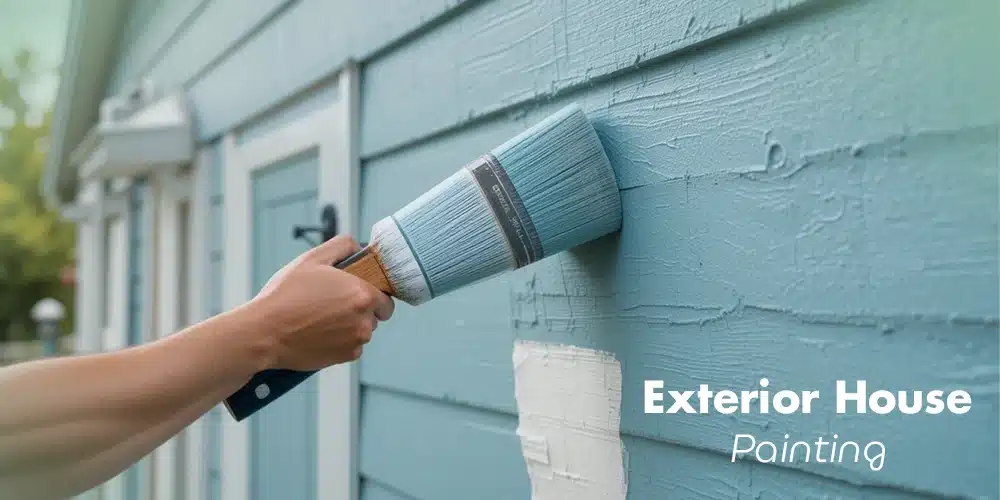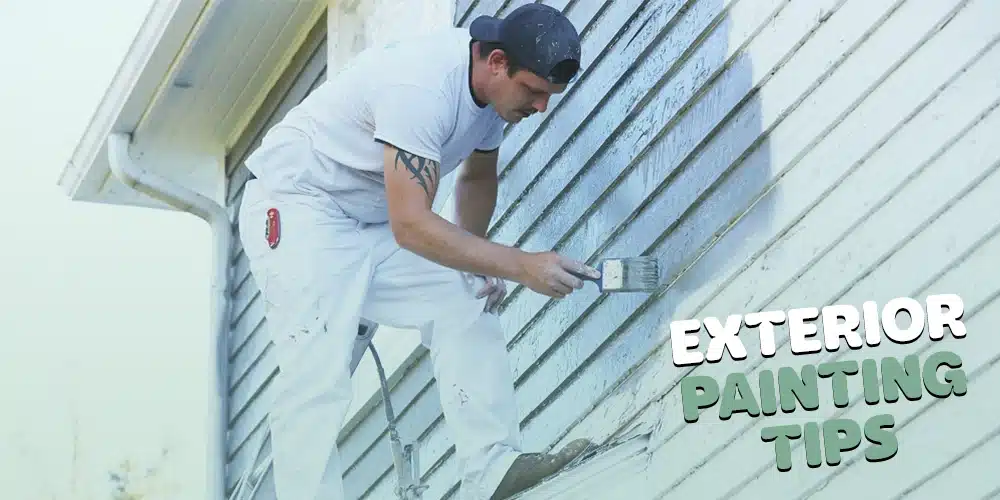Hiring a painter can transform the look of your home or office, but understanding the costs involved is essential before you begin. The price of professional painting services can vary widely based on factors such as the size of the area to be painted, the type of paint used, the complexity of the job, and your geographic location. Whether you’re considering freshening up a single room or undertaking a full exterior makeover, getting a clear picture of the potential expenses will help you budget effectively and make informed decisions.
In this guide, we’ll explore the various aspects that influence the cost of hiring a painter and provide some typical pricing to help you plan your next painting project.
Cost Estimates
1. Cost Per Square Foot
Painters generally charge by the square foot for their services. The rates can vary depending on whether the project is interior or exterior:
- Interior Painting: Costs typically range from $1.50 to $3.50 per square foot. This estimate includes labor, paint, and supplies. Factors like wall height, the complexity of the job, and the quality of paint used can affect this pricing.
- Exterior Painting: Exterior painting generally costs between $2 to $5 per square foot. Costs can be higher due to the need for additional equipment and materials to handle environmental conditions and harder-to-reach areas.
2. Hourly Rates
Hourly rates are another common method of pricing, especially for smaller or more detailed projects:
- Standard Rates: Most professional painters charge between $20 to $50 per hour. Highly experienced painters or those specializing in intricate designs may charge more.
3. Flat Rates
Some painters offer a flat rate for entire projects. This can often be more economical for larger jobs:
- Whole House Interior: Depending on the size of the house, painters might charge anywhere from $2,000 to $6,000 or more.
- Whole House Exterior: Costs can range from $3,000 to over $10,000 based on factors such as the type of siding, overall square footage, and the paint quality.
4. Additional Costs
Beyond basic painting, additional costs might include:
- Preparation Work: If walls require significant prep work like patching holes, sanding, or priming, costs will increase. Prep work can add $10 to $30 per square foot to the overall cost, depending on the extent of repairs needed.
- Quality of Paint: Higher quality paint can cost more but often provides better coverage and longevity. Premium paints can cost between $30 to $70 per gallon.
- Special Finishes: Textures, custom designs, or specialty finishes like matte or gloss can also increase the cost.
- Accessibility: Hard-to-reach areas may require special equipment such as scaffolding, which can add to the cost.
Factors Influencing Cost
Several factors can influence the overall cost of hiring a painter:
- Geographic Location: Labor and material costs vary significantly across different regions.
- Season: In some areas, painting during certain seasons might be more expensive due to higher demand.
- Labor Market: The cost can also fluctuate based on the availability of skilled painters in your area.
Are Cheap Painters Worth the Cost?
Deciding whether hiring cheap painters is worth the cost depends on several factors, including the quality of work you expect, the scope of your project, and the long-term value you aim to receive. Here’s a breakdown of considerations:
Quality of Work
The most significant risk associated with hiring less expensive painters is potentially lower quality work. This might include uneven paint application, missed spots, or poor surface preparation that could affect the longevity and appearance of the paint job. It’s essential to weigh whether the lower cost upfront justifies a possibly inferior outcome.
Durability
Lower-quality materials and rushed work can lead to a paint job that doesn’t last as long, requiring more frequent touch-ups or a complete redo sooner than expected. This could actually increase costs in the long run, negating the initial savings.
Reliability and Professionalism
Cheaper painters might not carry the same level of professionalism and reliability as more established companies. Issues like failing to adhere to schedules, not properly managing the workspace, or inadequate cleanup can add inconvenience and frustration to the experience.
Warranty and Service
Lower-cost painters may not offer the warranties or follow-up service that more reputable companies do. If problems arise post-job, such as paint peeling or blistering, you might not have the same recourse for repairs or adjustments, which can be an additional long-term cost.
Cost vs. Value
While the initial cost might be lower with cheap painters, the overall value might not be as high. Investing more in skilled professionals can yield a higher quality result that enhances the value of your property and lasts longer, offering better cost-effectiveness over time.
Assessing the Trade-offs
If your painting project is relatively minor or if it’s in a less critical area of your home, hiring cheaper painters might be a risk worth taking. However, for significant projects, areas of high visibility, or where long-term quality is paramount, investing in reputable, skilled painters is often the better choice.
Cheap painters might be worth the cost for smaller, and less impactful projects where perfection is not the priority. However, for most home or business painting needs, paying a bit more for experienced professionals can ensure higher quality, better durability, and greater satisfaction.
Tips for Hiring a Painter
Hiring a painter is an important decision that can significantly impact the appearance and value of your property. Here are some essential tips to ensure you choose the right professional for your painting project:
a. Get Multiple Quotes
Always get multiple estimates from different painters to compare prices and understand what is included in their services.
b. Check References and Reviews
Look at past work, read reviews, and check references to ensure the quality of the painter.
c. Understand the Contract
Make sure everything is written down in the contract, including start and finish dates, total cost, and details of the job.
d. Plan for the Unexpected
Always set aside a portion of your budget for unexpected costs or issues that might arise during the project.
Choosing Quality Over Cost: Why APRKC's Professional Painting Services Stand Out
Appeal of saving money with cheaper painters is understandable, but it’s crucial to consider the broader implications on quality, durability, and overall satisfaction. For those important projects where you cannot compromise on quality, APRKC’s Professional Painting Services in Overland Park offer the reliability, skill, and professionalism you need to ensure your painting investment enhances the beauty and value of your property for years to come. Remember, when it comes to painting, you often get what you pay for—choosing a reputable service is key to achieving the results you desire.



